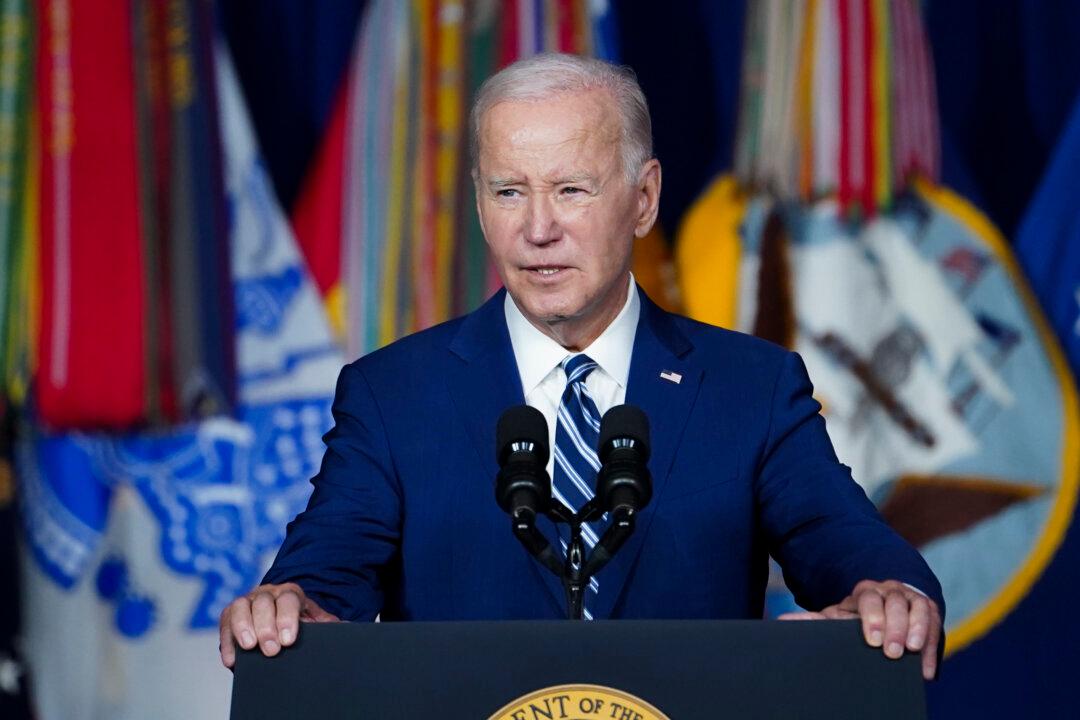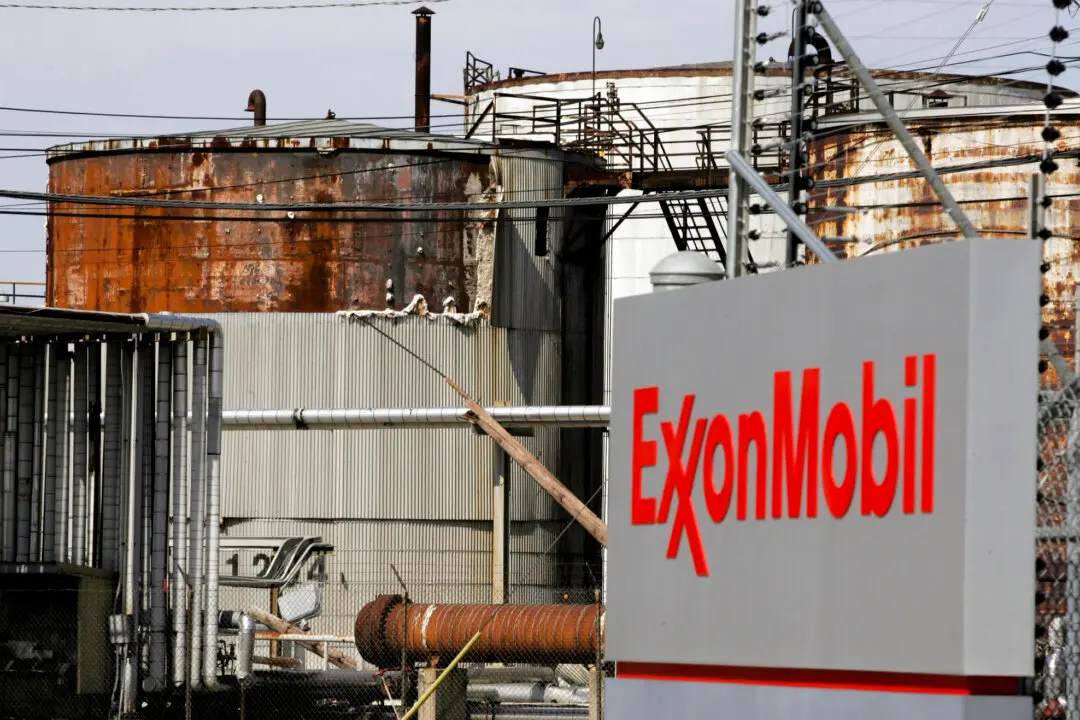The Biden administration announced four offshore wind power projects in the Gulf of Mexico with plans to pursue another offshore wind lease sale in the region “due to continued industry interest.”
As part of the Biden administration’s plan to deploy 30 gigawatts (GW) of offshore wind energy capacity by 2030, the Bureau of Ocean Energy Management (BOEM) announced four new Wind Energy Areas (WEA) in the Gulf of Mexico region on Friday. “Together, the WEAs could support offshore wind projects with the potential to produce enough clean, renewable energy to power more than three million homes,” the agency said in an Oct. 27 press release. The four WEAs are:
- Option J: 495,567 acres located approximately 47.2 miles off the coast of Texas, with the potential to support projects that could power 2.1 million homes.
- Option K: 119,635 acres located approximately 61.5 miles off the coast of Texas, with projects potentially powering 508,200 homes.
- Option L: 91,157 acres located approximately 52.9 miles off the coast of Texas, which could likely power 387,450 homes.
- Option N: 56,978 acres located approximately 82 miles off the coast of Louisiana, with projects capable of providing power to around 242,000 homes.





